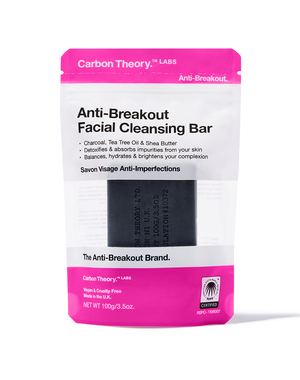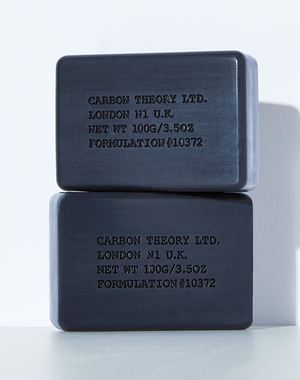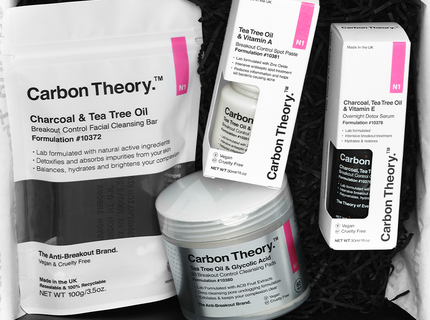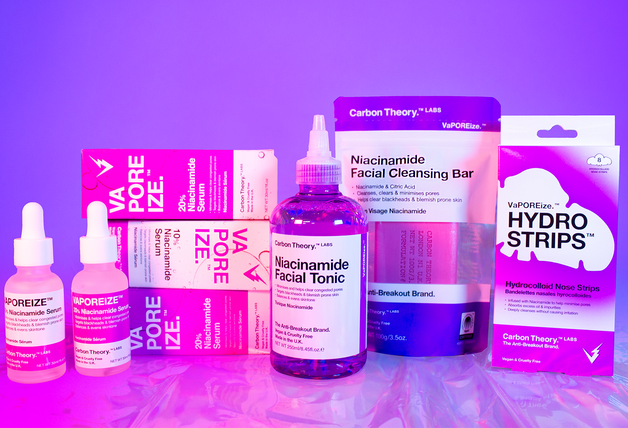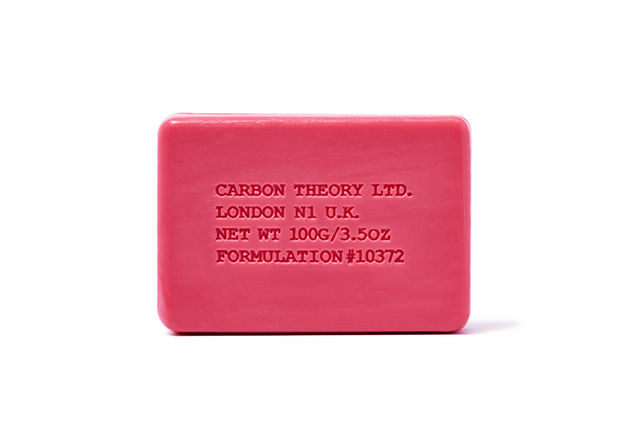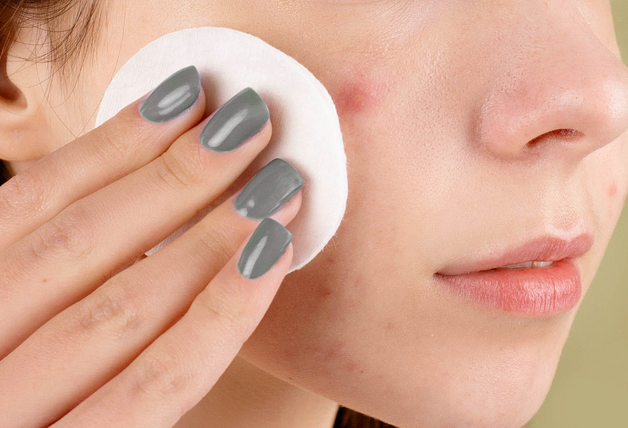Skincare Routine for Black Skin
By Ellie Hummerston
March 31, 2022 • 3 min read
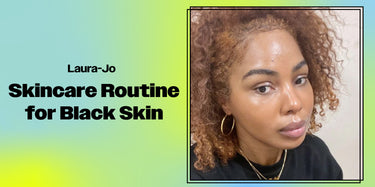
Skincare Routine for Black Skin
I’m sure you’ve heard the well-worn, well-meaning saying, “we’re all the same underneath”.
Well, it isn’t entirely true.
There are physiological differences between fair and melanated skin. We age differently. Skin conditions and diseases present themselves differently. Our skin reacts to trauma differently. Examples of how diseases present on Black skin are extremely rare when training for medicine or beauty, and let’s not even get started on foundation shades.
Obviously we can all use the same brand, however, there are certain concerns that are more frequent and present more aggressively on melanated skin. Allow me to present to you: The Basics of Black Skincare
First Thing’s First - What’s Melanin?
Melanin is the pigment produced by cells called melanocytes and lives in your epidermis (the upper layer of your skin). There are two types of melanin: eumelanin and pheomelanin. Eumelanin darkens the skin and offers more protection from UV rays, whilst pheomelanin creates pink and red shades.
Simply put, the more eumelanin a person has, the darker they are. The more pheomelanin a person has, the lighter they are.
Exfoliate
Melanin production can be triggered by a wide range of things, including sunlight, heat, trauma, allergies. The list is endless. When one of these triggers happens repeatedly, the body responds by producing more melanin. For Black skin, this results in post-inflammatory hyperpigmentation (those telltale dark spots left after a breakout), which can be particularly hard to heal.
Avoid using physical or scrub exfoliators; Black skin is way more delicate than you think. Instead, opt for a gentle liquid exfoliator like the Tea Tree Oil and Glycolic Acid Breakout Control Cleansing Pads.
Use them on a clean face, no more than 3 times a week and watch that pigmentation gently fade away.
Moisturise
There’s a common misconception that Black skin is generally oilier. I would like to put these rumours to rest right now: It is extremely dehydrated. Things get ashy real quick. This is all down to Black skin having a lower level of ceramides in our epidermis.
Ceramides are part of the lipid family, and if skin cells are bricks, then lipids are the mortar holding it all down. More ceramides mean a healthy skin barrier and a reduction in water loss through skin (trans-epidermal water loss).
Moisturise your body head to toe at least once a day during the summer. Twice in the winter. While shea butter is a fantastic skin softener, it’s not the most effective moisturiser.
Look for products containing hyaluronic acid, a humectant that pulls water into the skin, keeping it plump and hydrated. Niacinamide is also a hero ingredient; it helps strengthen skin, fades hyperpigmentation and prevents dryness. Add an occlusive (a product that stops water from leaving the skin) like a facial oil to your daily routine and watch that skin glow.
Protect
A higher presence of melanin does mean you’re more protected from sun damage and exposure, however, it doesn’t mean you’re exempt. Black skin is still at risk for cumulative sun damage.
It’s rare for trainee doctors and aestheticians to be shown examples of conditions on Black skin. So while we are less prone to skin cancer, when it is found, it’s often in the later and more advanced stages.
Cancer on Black skin also tends to present itself in unusual places, eg the back of the knees, or on toes.
As long as there is daylight, there is the chance of sun damage, so protect yourself!
Ensure you’re covered in half a teaspoon (or two full finger lengths) of SPF. The Carbon Theory Day-Lite SPF50 is non-comodegenic (won’t break you out) and leaves the faintest white cast that fades in 5 minutes.
